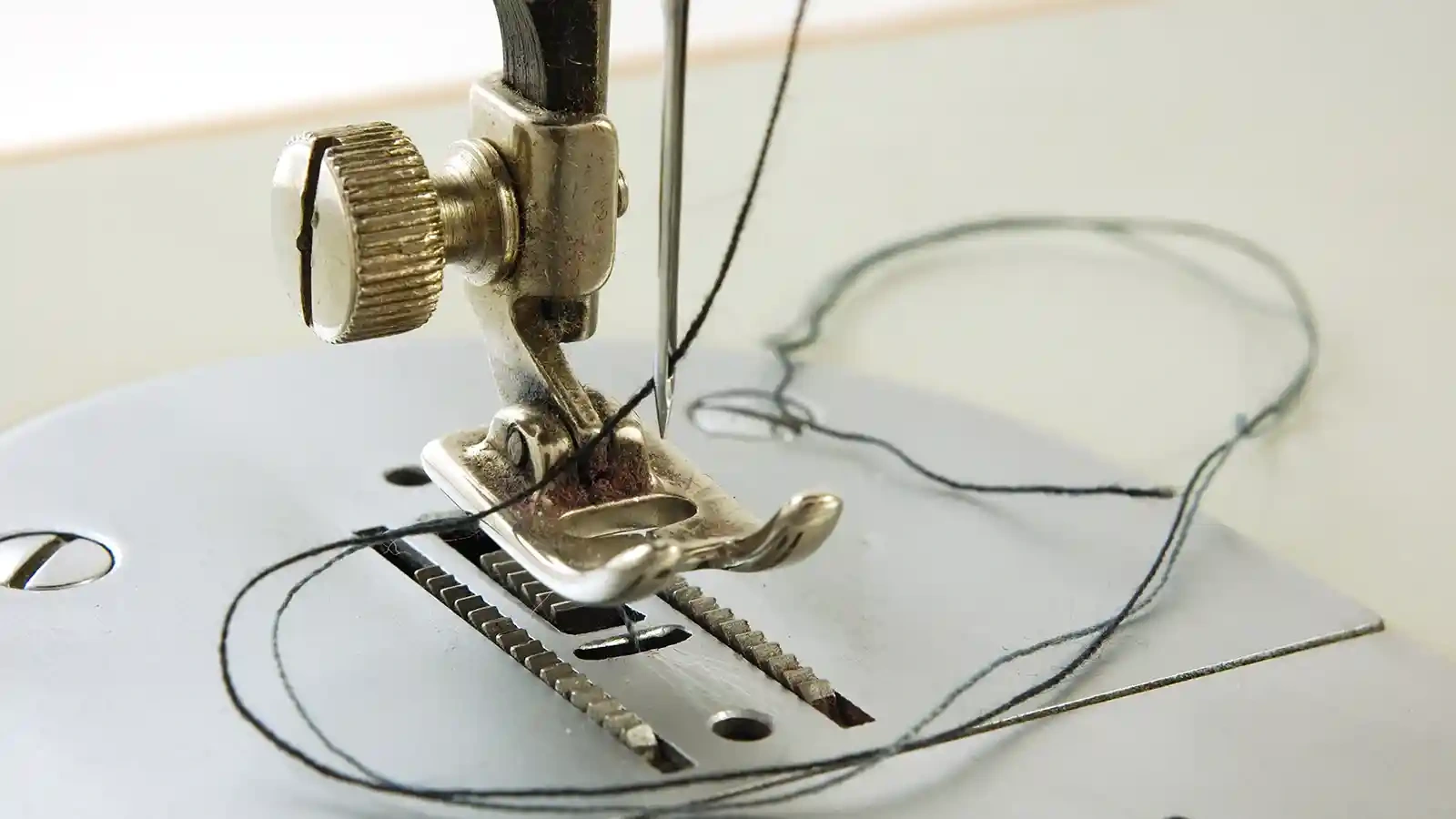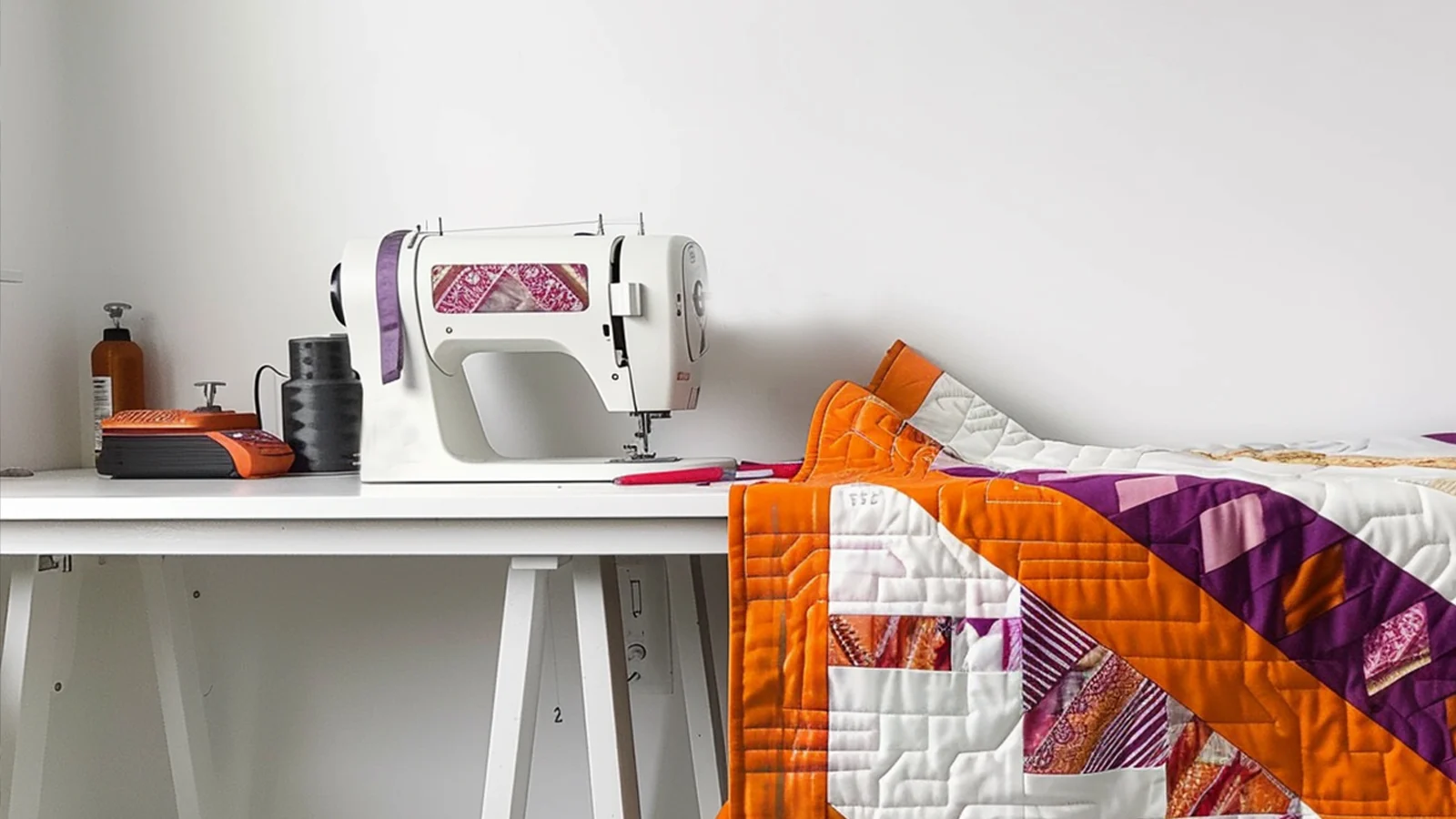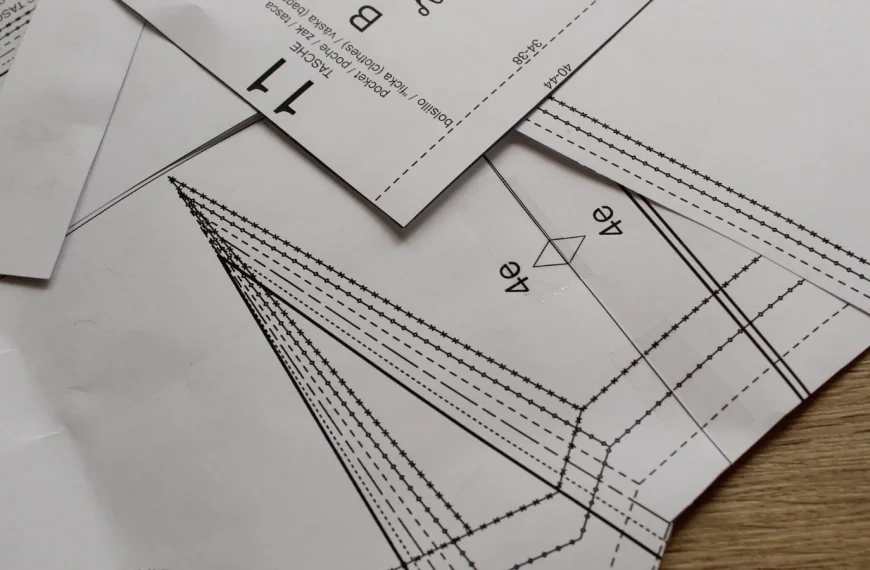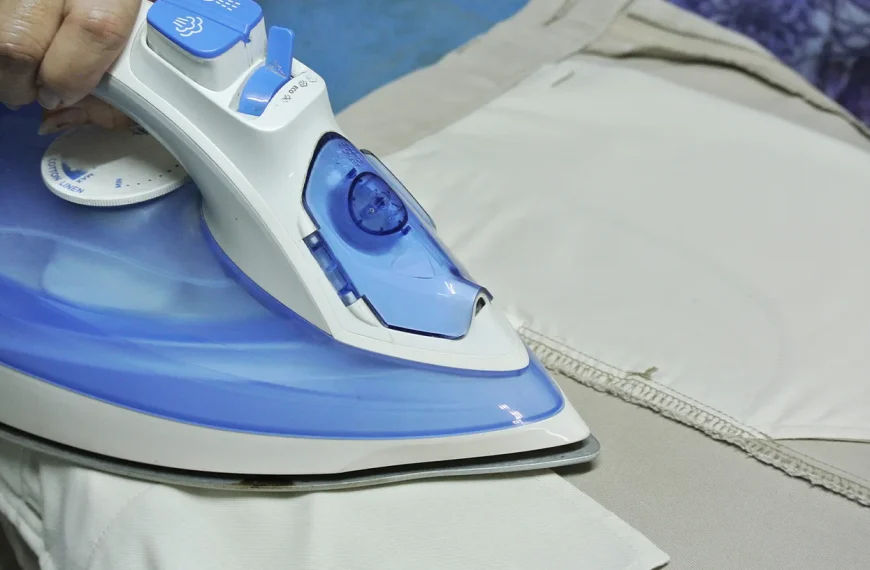Are you tired of struggling with needles that break or bend when working with stretch fabrics? Look no further! We have the perfect solution for you. Our guide to needles for stretch fabrics is here to make your sewing projects a breeze.
Say goodbye to frustration and hello to smooth and effortless stitching. With suitable needles, you can tackle any stretch fabric with confidence and precision. Don’t let pesky needles hold you back from creating the garments of your dreams. Read this today and revolutionize your sewing experience!
Understanding Stretch Fabrics
Before you choose your needle, it’s crucial to understand what stretch fabrics are and their unique qualities. Knowing them will guide you in selecting the right needle for a flawless sewing experience.
Definition of stretch fabrics and their characteristics
Stretch fabrics are well-known for their ability to expand and snap back to their original shape. Materials like spandex, lycra, or elastane typically craft them. These textiles boast a remarkable stretch. They offer flexibility and comfort, especially in activewear and form-fitting garments.
Their high degree of elasticity means they can stretch in one or both directions. This allows for smooth body movement while maintaining durability.
Common types of stretch fabrics
Fabrics such as jersey, spandex, and elastic are essential for crafting clothing that demands flexibility and comfort.
Jersey fabric, a stretchy knit, is a go-to for t-shirts and casual wear. It offers a comfortable fit that moves with you.
Spandex, also known as Lycra or elastane, stands out for its exceptional elasticity. This makes it a key component in activewear and performance garments.
Elastic fabrics are produced by combining spandex or elastane with other materials. They provide both stretch and recovery properties crucial for form-fitting designs.
Lycra, another highly elastic fabric, requires the same meticulous attention to needle choice as Spandex, ensuring your stitches remain smooth and the material undistorted.
Types of Needles for Stretch Fabric
As you explore sewing with stretch fabrics, you’ll find that not all needles are created equal. Ballpoint, stretch, and twin needles each serve a unique purpose in achieving smooth, professional results.
Selecting the right one is crucial for avoiding common issues like skipped stitches and fabric snags.
Ballpoint needles
Ballpoint needles, also known as jersey needles, can tackle stretch fabrics effectively. They have a rounded point that’s perfect for knit fabrics. This allows them to glide smoothly without damaging the delicate fibers. This feature is essential for preventing skipped stitches and ensuring your seams look professional and even.
Unlike other needles that might pierce and run through the fabric, ballpoint needles work harmoniously with stretchy materials. They’re an indispensable tool in your sewing kit. They ensure that your projects turn out as you’ve planned, without the hassle of unwanted holes or uneven stitching.
Stretch needles
When you’re sewing knits, using the right needle can make all the difference. The design of stretch needles aims to avoid skipped stitches. This is a common frustration when working with elastic materials.
Their shorter eye, special flat shank, deep scarf, and medium ballpoint tip all help the needle glide through lycra and spandex with ease. This prevents thread bunching or breakage, ensuring your sewing project looks professional. Brands like Schmetz offer a variety of stretch needles, catering to different fabric thicknesses and sewing needs.
Twin needles
Exploring the world of twin needles opens up new possibilities for achieving professional-looking finishes on stretch fabrics. These specialized needles, designed with two eyes, allow your sewing machine to create parallel stitching lines. This is perfect for hemming, topstitching, and adding decorative touches to your knit fabric projects.
Twin needles are available in various sizes. They enable you to choose the correct stitch width for your specific task. Ideal for working with stretchy materials, twin needles help you achieve crisp, clean finishes that elevate your garments.
If your sewing machine has a dual needle function, you can explore the benefits of using twin needles for stretch fabrics.
Universal Needles
Unlike Jersey or Stretch needles, Universal needles are a less specialized option that can serve as a temporary solution for sewing stretch fabrics but may not provide the most suitable outcomes due to their general-purpose design.
This needle type lacks the ballpoint needle feature specifically designed for stretch fabrics. While a universal needle can work on a regular sewing machine, a stretch needle is the most suitable needle to use.
Jersey Needles
While universal needles can serve in a pinch, Jersey needles offer a more specialized option with their rounded tip that smoothly navigates knit fabrics, preventing holes and ensuring clean seams.
Jersey needles enhance:
- Seamless stitches – Ideal for stretch fabric.
- Smooth sewing experience – Minimizes fabric distortion.
- Durability – Suitable for light to medium weight knits.
- Professional results – Perfect for intricate sewing projects.
Ballpoint Needle vs. Stretch Needle
Choosing between a ballpoint needle and a stretch needle depends on the specific demands of your stretch fabric project and the characteristics of the materials involved.
Ballpoint needles are ideal for knit fabrics, as they penetrate without damaging fabric fibers.
Stretch needles, however, are specialized for high-stress, stretchy fabrics and excel in sewing machines to join multiple layers without causing tears.
Jersey Needle vs. Stretch Needle
When working with stretch fabrics, understanding the distinctions between Jersey needles and Stretch needles is important for achieving best sewing results.
- Jersey Needle: Rounded tip for knitting fabrics.
- Stretch Needle: Slightly less rounded tip, ideal for high-stretch materials.
- Seam Quality: Use appropriate needle to prevent skipped stitches.
- Thread and Elastic: Stretch needles excel with elastic thread in highly elastic fabrics.
Ballpoint Needle vs. Universal
Understanding the difference between ballpoint needles and universal needles is key to achieving excellent results when sewing with stretch fabrics like Lycra.
A ballpoint needle, with its rounded tip, navigates between fibers, preventing snagging, tearing, and runs.
Conversely, a universal needle, with its sharp point, can cause damage to stretch fabrics, creating visible holes.
Opting for the appropriate needle type guarantees professional-quality stitching.
How to Choose the Right Needle for Your Project
Selecting the right needle for your stretch fabric project is crucial. You’ll want to consider factors like the fabric’s thickness and elasticity.
It’s also wise to test different needles on scrap fabric before committing to your final project.
Factors to consider when selecting a needle
To ensure the success of your sewing project, it’s crucial to consider several factors when picking the right needle for stretch fabrics. The needle type significantly influences your work, especially with elastic materials.
Additionally, the size and style of the needle should match the weight and type of your stretch fabric to ensure smooth, professional-looking seams. Always consult your sewing machine’s manual or a sewing guide for recommendations on the best needle types and sizes for your specific project requirements.
Tips for testing needles on scrap fabric before starting a project
Before embarking on your next sewing project, testing various needle types on scrap stretch fabric is crucial. Examples include ballpoint, stretch, and universal needles. This process helps identify the best needle for your needs.
Grab a variety of needle sizes and sew small samples. Pay close attention to stitch quality and how each needle handles the fabric. Look for issues like skipped stitches, fabric puckering, or thread breakage.
Choosing the Right Needle Size for Sewing Stretch Fabric
Choosing the appropriate needle size guarantees your stitches are smooth and your seams stay strong. Ensuring you use the correct needle size prevents skipped stitches and delivers professional results.
Best stretch needle brands
SCHMETZ’s Stretch needles are among the best in the industry, offering superior performance with their medium ball point, specially designed eye, and deep scarf that minimize skipped stitches on elastic fabrics.
This ballpoint needle is designed for seamless sewing on elastic materials like LYCRA and Spandex. Available in needle sizes 75/11 and 90/14, these needles guarantee smooth sewing projects without compromising elasticity.
Conclusion
Picking the right sewing machine needle for your stretch fabric is essential. Whether it’s a ballpoint or stretch needle, ensure it matches your fabric’s needs to avoid skipped stitches and damage.
Remember, not all needles work the same on every fabric. Regularly maintaining and caring for your needles will keep your sewing smooth and trouble-free.
Happy sewing!
Learn more sewing tips at Longan Craft Blog! Dive into the fabric world with Longancraft!
FAQs
Can I use a universal needle on stretch fabric?
You can use a universal needle on stretch fabric, but it’s not ideal. You’ll risk skipped stitches and fabric damage. For the best results, opt for a stretch needle to ensure smooth, professional seams.
Choosing the Right Needle Size for Sewing Stretch Fabric
For spandex, you’ll typically need a 75/11 or 80/12 needle size. Lightweight spandex works well with smaller sizes like 65/9 or 70/10, while thicker materials may need a 90/14.
What number is a stretch needle?
Stretch needles range from 65/9 for light fabrics to 100/16 for heavy ones. Picking the right size ensures your sewing project turns out smooth and snag-free.








